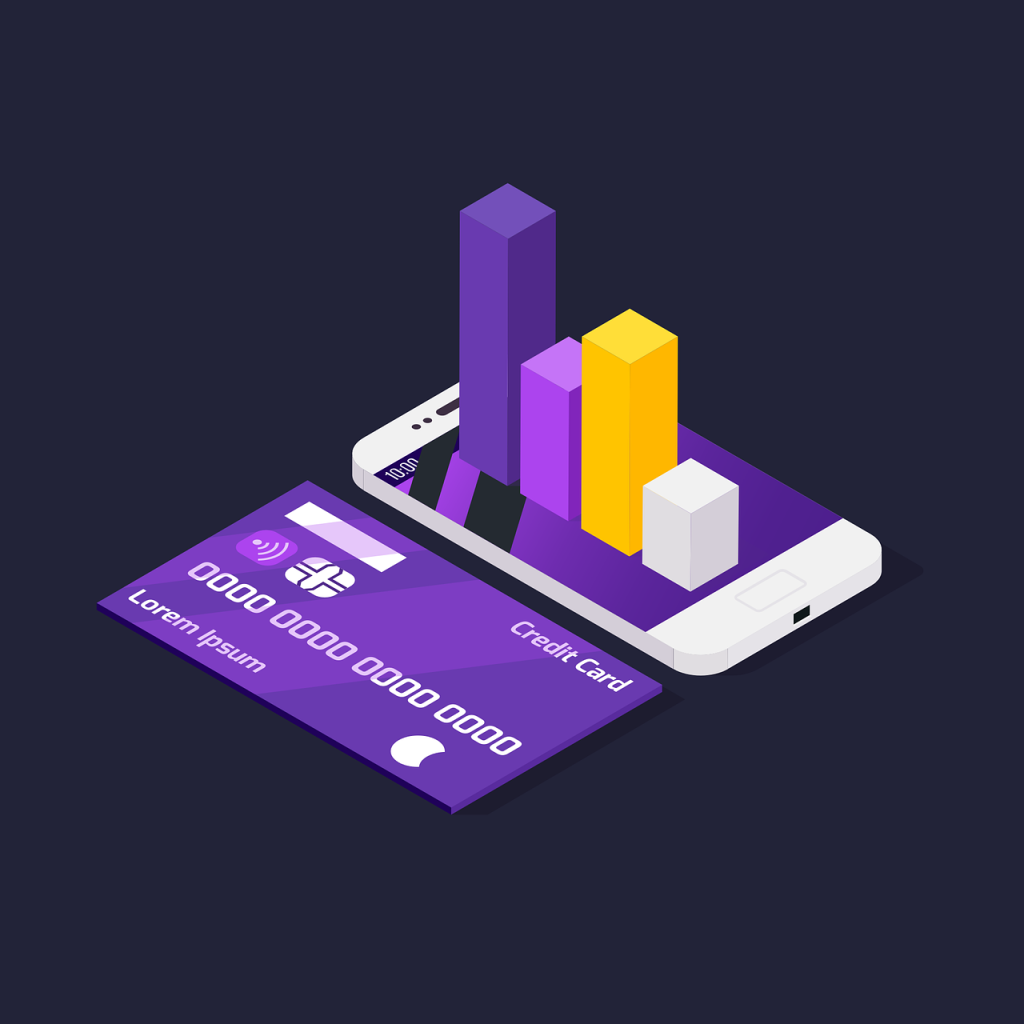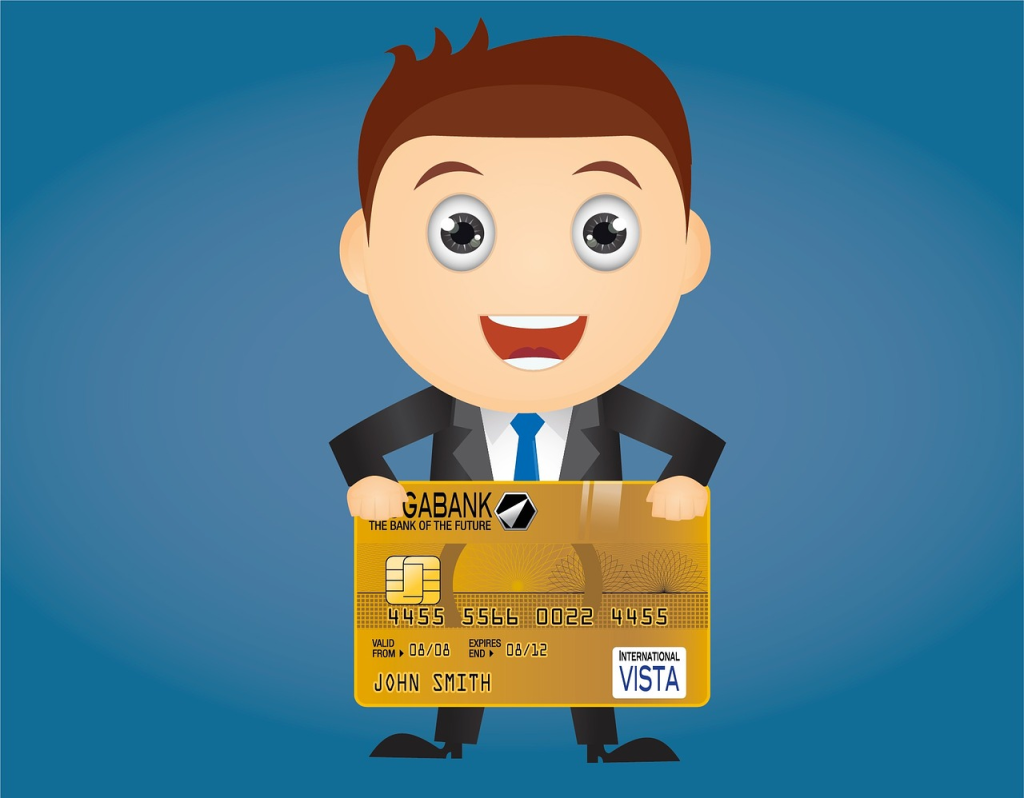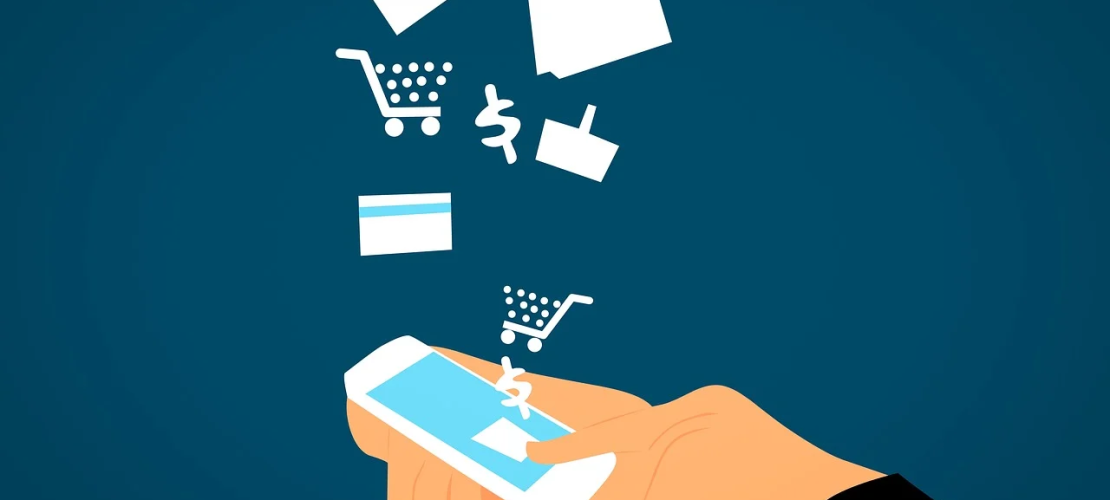Especially for those parents who constantly wonder what their child spends his or her pocket money on, banks have come up with cards for children. Credit institutions are only allowed to issue cards with an independent account to adult citizens, and persons over the age of 14 – with the written consent of their parents. Drawing on the experience of Western countries, where children are taught to be financially literate from the age of 5 or 6, many organizations started to issue cards for preschoolers. You can also easily log in Synchrony CareCredit account online. To do this, you just need to go to the https://dressthat.com and follow all the instructions, because they are easy and do not require detailed study. After that, you will have all the possibilities of using the card.
Advantages of A Bank Card for Children
• Getting a bank card with a card number for a child has advantages for the child and for the parent. Firstly, it helps reduce the likelihood of losing the money – it will still be on the account, and the card can be quickly blocked as soon as the child informs his parents of the loss.
• Secondly, the card will keep your child safe. It is not only unsafe to carry cash on the street, but also at school.
• Thirdly it allows you to control your child’s spending. Many cards allow you to create a money limit, and if you connect to SMS-informing you can know exactly what the money was spent on.
• Fourthly, the card allows you to monitor the child. With the help of SMS-informing parents will be able to find out where the child made his last payment. For example, if he or she is sitting in a cafe instead of going to physical education, mom or dad will definitely know about it.
• Fifthly, the children’s card is very handy if your child went on a trip without you. With the card you can provide him continuous financial support, continuing to control his expenses. And, of course, you’ll always be sure that your child has money.
• Finally, many cards are specially designed for kids – your child will be very happy to pay with a card with a picture of his or her favorite superhero or a cartoon picture.
Disadvantages of The Bank Card for Children
• Of course, the card has some disadvantages, especially if you have thought about getting it for a child of 6 years. First, there is a high probability that the child will forget the pin code of the card. Therefore, many parents first make children learn the pin code, and for greater certainty write it on a piece of paper and ask to keep it somewhere accessible, but an inconspicuous place: in an inside pocket of a jacket or backpack. This creates additional difficulties for the child.
• Secondly, the child can just damage the card. To avoid this, before using the card you should give them a detailed briefing: explain how to use the card correctly, why you should not tell anyone the pin code, and also tell them that the card is not a toy and should not be wet, bent, brought to powerful magnets and let other people in the hands. However, adults should be prepared for the fact that the child is unlikely to understand everything from the first time and will probably make mistakes. And to avoid constant loss of cards, it’s best to make a child a mini-card or keychain card – it can be attached to a backpack or keys.

• Thirdly, many children are now familiar with the Internet before they go to school, so it is very likely that they will make some purchases through online shopping. In this case, it will be almost impossible to return the product if it seems unnecessary to the parents and get a refund. If a child pays for something with a card provided to them by a parent, the adults are fully responsible for their children’s actions.
Is It Worth Giving Your Child A Bank Card?
Parents are increasingly asking whether their child should get a bank card, at what age is it possible to do so, and what are the pros and cons of children’s plastic cards. As practice shows, children usually have bills and coins scattered in their pockets, and they lose them more often than if the money for school lunches was kept on a plastic card. If the card does get lost, it can be instantly blocked, keeping the money in the account, and then reissued. It is unlikely that you can get the lost cashback. However, the child may open his own bank account and get a personal card only after age 14, after obtaining a passport. Since he is still a minor, it is possible to do this only with the written consent of a parent. You will not have any right to control your teenager’s spending, since it is his or her own account.

If your child is much younger, it would be unwise to give him a bank card, so credit organizations have come up with a special children’s card for little schoolchildren. It is attached in addition to the parent’s and linked to the bank account of mom or dad. Keep in mind that all banks have their own minimum age requirements for a child: in some banks, the minimum age is 6 years old, while in other banks it is strictly 10 years old.
To issue a children’s card, you will need a passport, your child’s birth certificate, and written consent for its issuance. The validity of the additional card will be the same as yours. It is noteworthy that some banks now issue children’s cards with a special design on the choice of the young owner, or make them named, so that the child can feel the responsibility entrusted to him for part of the family budget. Getting it, you will be able to keep track of all the child’s expenses through a mobile app, which means you will be aware of whether he ate a full meal in the school cafeteria or spent the allocated money for chocolate and soda.
That’s It!
Therefore, it is desirable to teach the younger generation to use their money from an early age. The foundation for competent disposition of their finances is laid since childhood, when the first pocket money appears. How strong it will be depending on the child’s knowledge.
